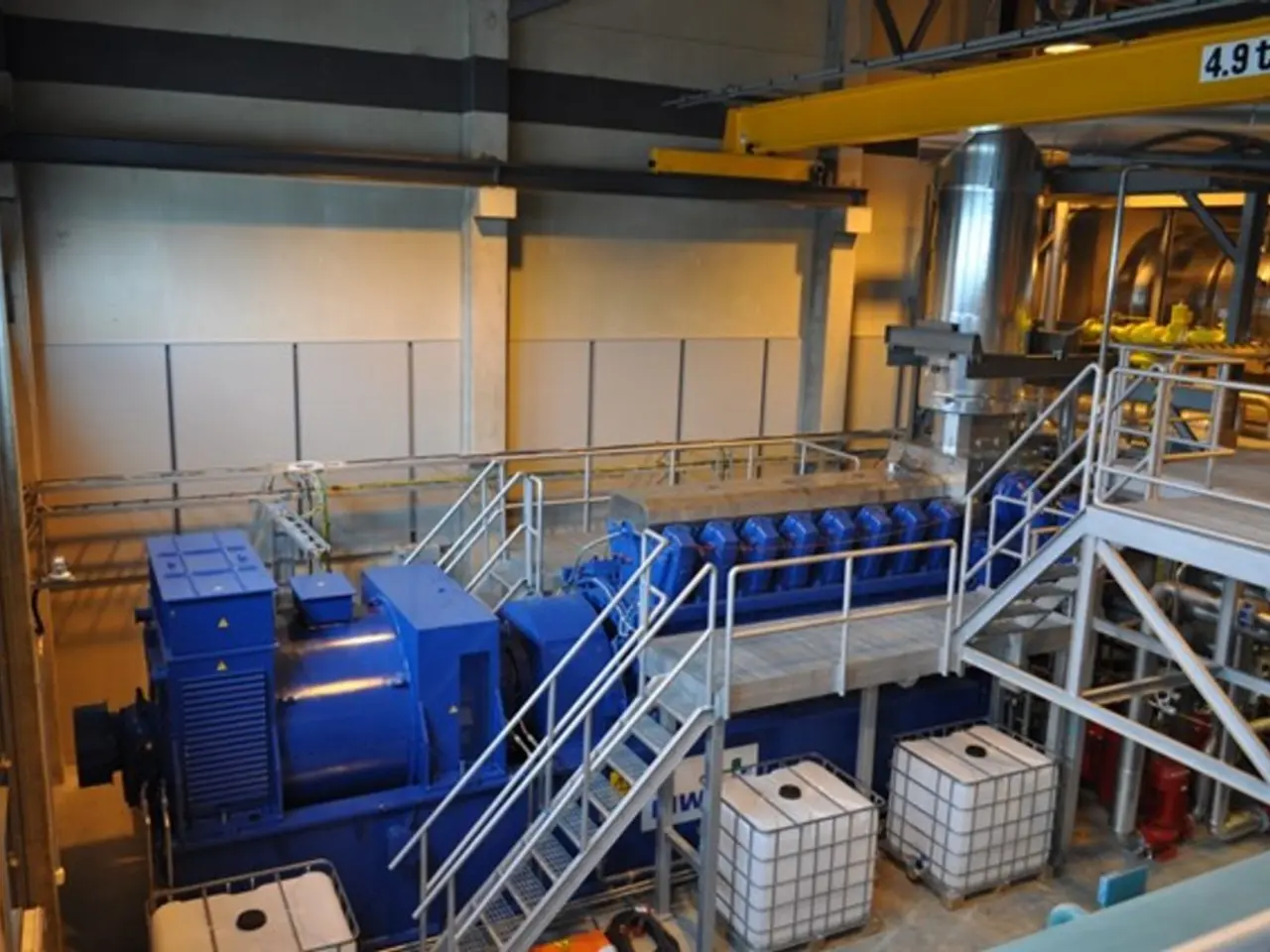U.S.-Japan auto trade tariffs revised, redefining international sourcing patterns
U.S.-Japan Trade Agreement of 2025: A New Era for Automotive Supply Chains
The recently finalized U.S.-Japan trade agreement is set to bring significant changes to the automotive industry and supply chains, particularly for components and assemblies. The deal, which lowers tariffs on Japanese vehicles and parts imported into the U.S., is expected to have far-reaching effects on trade relations, investment, and regulatory adjustments.
Tariff Reforms and Supply Chain Adjustments
One of the key changes is the establishment of a uniform 15% tariff on Japanese autos and trucks imported into the U.S., down from a threatened 25-27.5% level but substantially higher than the previous 2.5% (cars) and 25% (trucks) rates. This increase could lead Japanese firms to reconsider their supply chain structures, potentially increasing local production in the U.S. or adjusting sourcing strategies to manage tariff impacts.
Investment in U.S. Automotive Manufacturing
Japan has pledged $550 billion in investment into the U.S. economy, including the automotive sector and related high-tech areas like semiconductors and AI. This capital inflow will likely strengthen U.S.-based manufacturing capabilities, enhance component assembly operations domestically, and support supply chain diversification away from China.
Regulatory Harmonization and Supply Chain Efficiency
Japan’s elimination of redundant safety certification requirements for U.S. auto exports aims to smooth cross-border trade and reduce compliance costs. This regulatory alignment may improve the efficiency and reliability of supply chains for auto components between the two countries.
Supply Chain Diversification and Risk Mitigation
The deal addresses vulnerabilities from dependence on China-centric supply chains, encouraging supply chain diversification. Japanese investment in U.S. semiconductor and pharmaceutical manufacturing supports localization that will benefit automotive supply chains reliant on advanced materials and electronics, reducing risks from global disruption.
Potential Price Impact on Consumers and Manufacturers
The new tariffs could increase vehicle prices for imported Japanese cars by $1,500 to $3,000, depending on the model. This could pressure automakers to adapt their supply chains to maintain competitiveness, including shifting more assembly and component sourcing to North America.
Looking Ahead: EU Negotiations and Short-Term Stability
EU negotiations with the U.S. are a key variable for firms with exposure to European supply lines. Tier 1 and Tier 2 suppliers should expect short-term stability in inbound logistics from Japan, as the deal reduces short-term uncertainty for auto and industrial supply chains.
If implemented, a similar 15% tariff structure between the U.S. and EU would further align global trade terms and reduce volatility across several key categories. This potential agreement could mark a new era of industrial integration and cooperation among these major economies.
[1] "U.S.-Japan Trade Agreement: What It Means for the Automotive Industry," The Wall Street Journal, 2025. [2] "Japan's $550 Billion Investment in U.S. Economy: Impact on Automotive Sector," Forbes, 2025. [3] "U.S.-Japan Trade Agreement: Implications for Auto Suppliers," Automotive News, 2025.
The U.S.-Japan trade agreement's tariff reforms could lead to adjustments in logistics and supply chain structures for Japanese automakers, potentially increasing local production in the U.S. or altering sourcing strategies to manage tariff impacts. The $550 billion investment pledged by Japan into the U.S. economy, especially in the automotive sector and related areas like semiconductors and AI, could bolster domestic manufacturing capabilities, aiding supply chain diversification away from China. The agreement's regulatory harmonization, such as the elimination of redundant safety certification requirements for U.S. auto exports, may enhance the efficiency and reliability of supply chains for auto components between the two countries.








